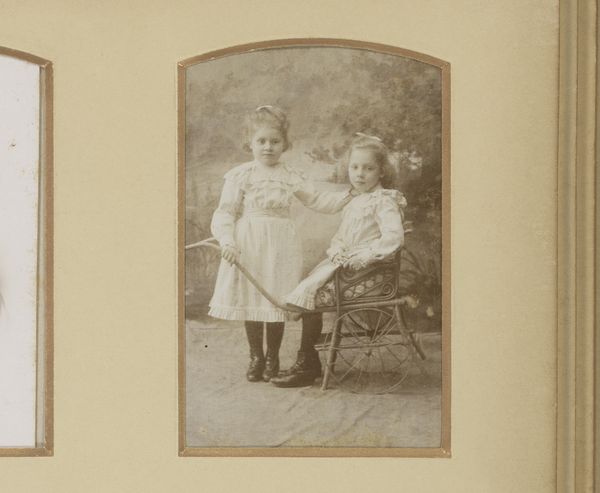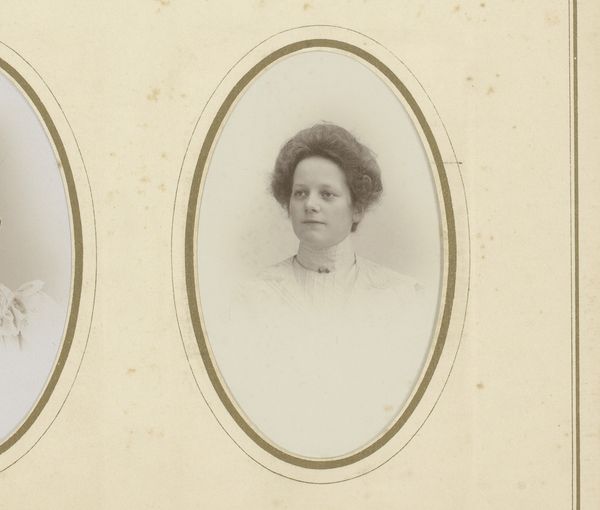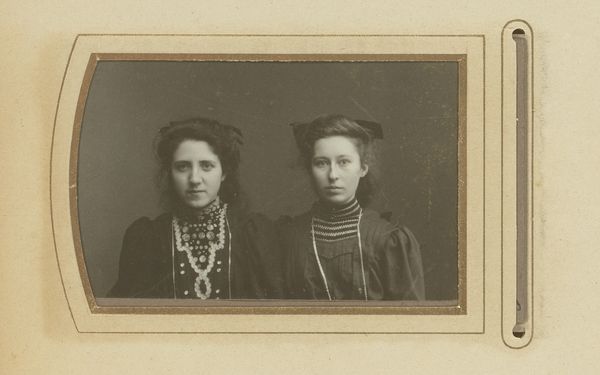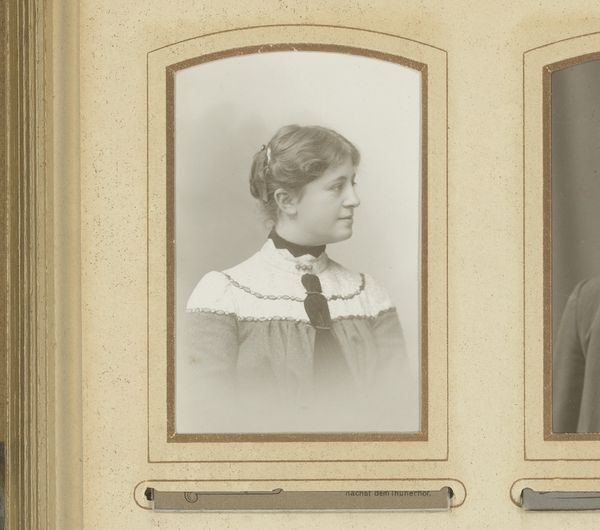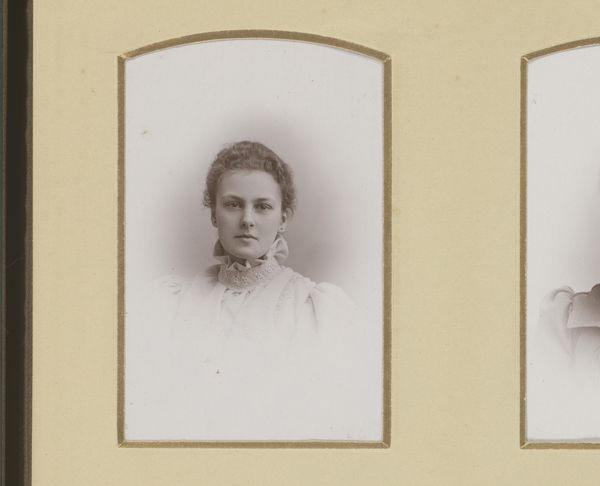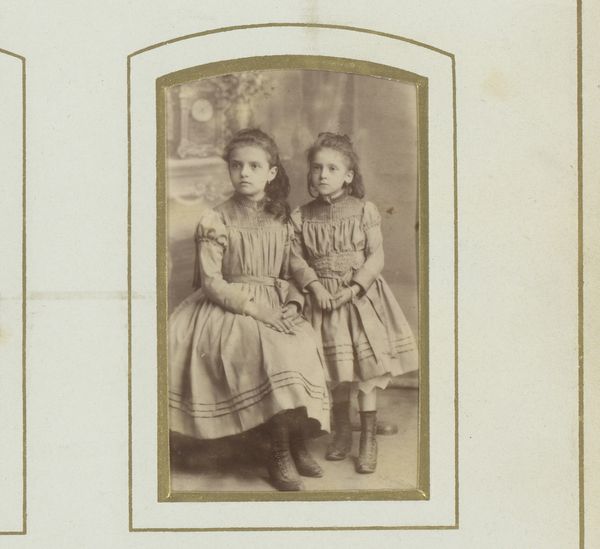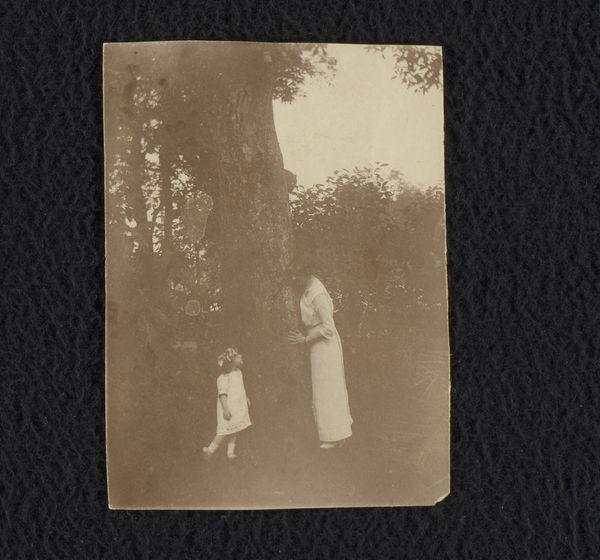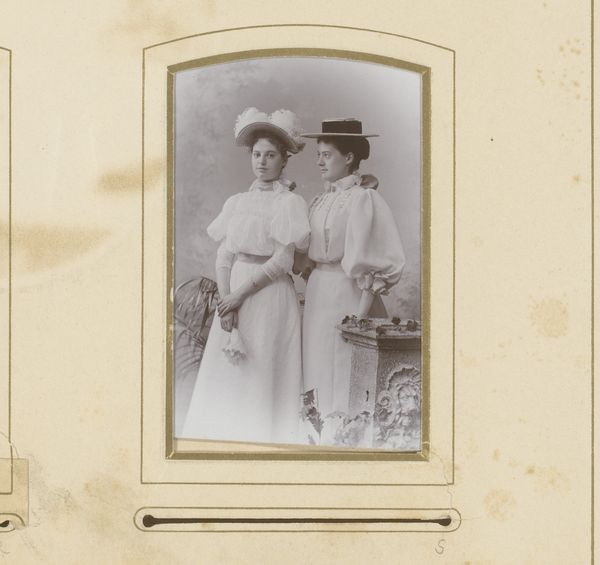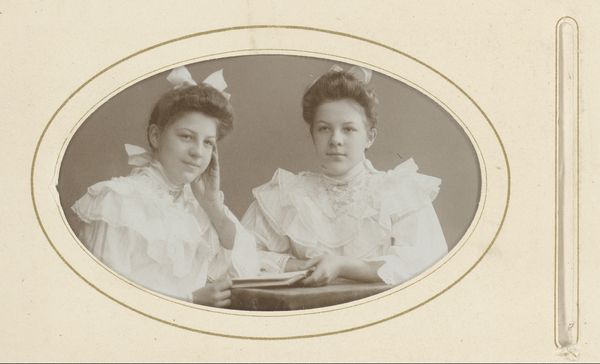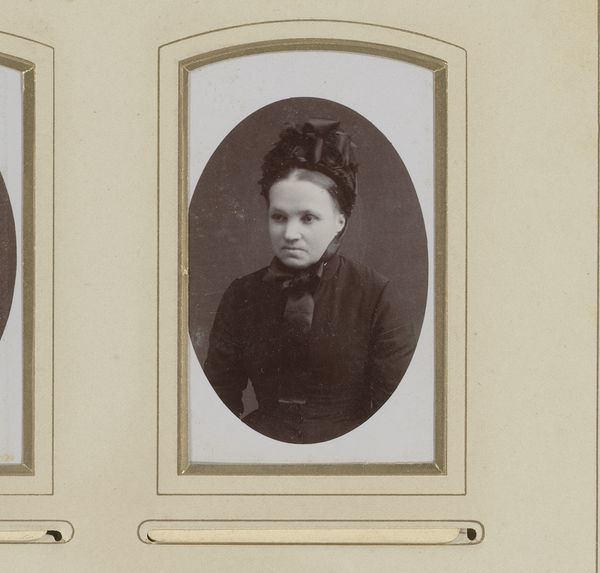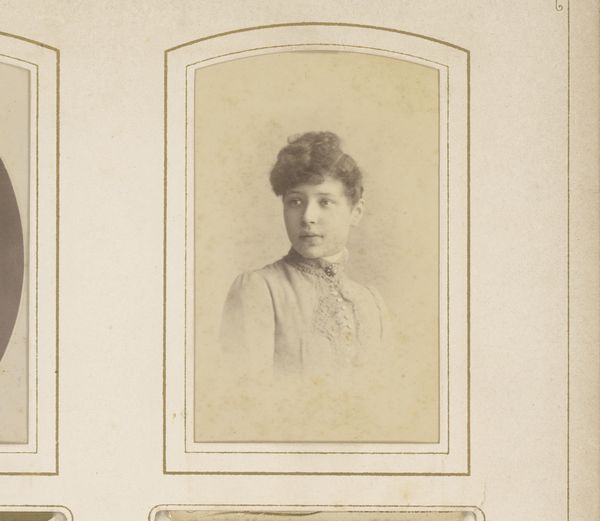
paper, photography
#
portrait
#
17_20th-century
#
new-objectivity
#
pictorialism
#
paper
#
photography
#
historical photography
#
group-portraits
Copyright: Public Domain
Curator: This photographic print, entitled "Portrait of Lovis Corinth," was captured sometime between 1918 and 1928 by Hugo Erfurth, an artist deeply embedded in the New Objectivity movement. Editor: Mmm, sepia-toned melancholy. They appear connected by suspenders of some sort. Like little workers holding up a landscape. Curator: You noticed the landscape! Yes, Pictorialism sought to elevate photography to the status of fine art. Erfurth here almost paints with light and shadow, softening the photograph so that the landscape appears dreamlike and the sitters, mythic. It certainly departs from straight documentary photography. Editor: Mythic! Yes! I think the symbolism works in multiple ways here. On the surface the two girls hold up their rural life, perhaps, which needs tending. Underneath, one wonders what those lives are actually built upon… what beliefs, or memories, maybe secrets. It is difficult to disentangle how culture assigns these. Curator: And that disentanglement is a lot of what Pictorialism engages with, doesn’t it? The soft focus wasn't accidental. It represents more than a lack of sharp lines; it symbolizes memory, nostalgia, and the weight of unspoken narratives within these types of familial poses. We may all share something visually and genetically but have separate memories and interpretations of each other. Editor: Right. And also, Erfurth knew a famous portraitist himself! Lovis Corinth who's work focused so much on symbolism as well as capturing the weight of the body and expression... He had probably something of Corinth's sensibility embedded. Curator: Indeed. The visual echoes in his own photographies resonate across artistic movements. To bring it all together… photography offered an invitation into that tension. I suppose the very fact that we're still discussing its emotional and historical depth is a testament to its resonance, still rippling almost a century later. Editor: Exactly. Each time the portrait appears anew the narrative can shift depending on the needs of the culture that's witnessing. Always changing.
Comments
Join the conversation
Join millions of artists and users on Artera today and experience the ultimate creative platform.

